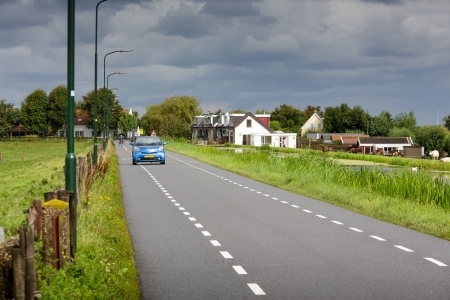According to several studies, guidelines are not always applied in practice. For example, a study of the widths of bicycle tracks/lanes found that 60% of bicycle lanes along 50km/h roads were narrower than recommended in the guidelines [36]. Research conducted in 2014 [37] found that nearly half of the seventy municipalities surveyed could not indicate whether their bicycle infrastructure generally complied with the “Ontwerpwijzer Fietsverkeer” (Design Guide for Bicycle Traffic). Observations in two municipalities show that especially the guidelines for the widths of bicycle tracks/lanes, profiled marking before bicycle bollards, and clear zones are often not applied [37]. Research on application of the design suggestion "Seniorproof road design" in 2017 [38] showed that both self-reported and measured use of the design suggestions is lower than that of the Bicycle Traffic Design Guide.
There are several reasons why guidelines are not implemented. For example, there may not be enough space, the costs may be too high or there may be a lack of priority. Sometimes there are also substantive reasons to deviate from the guidelines: in such cases, different road safety interests conflict.
